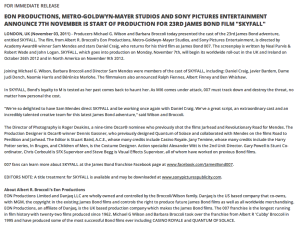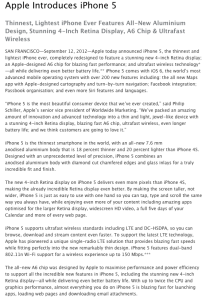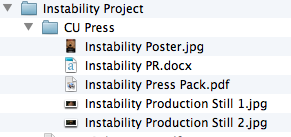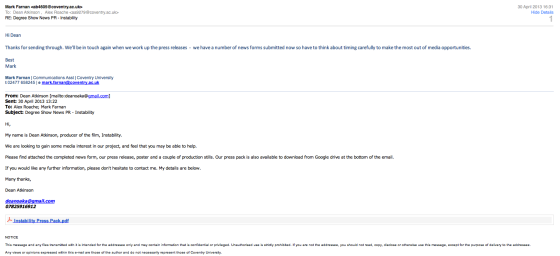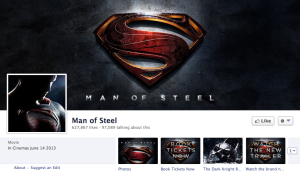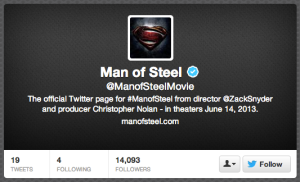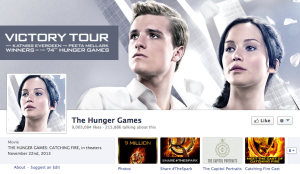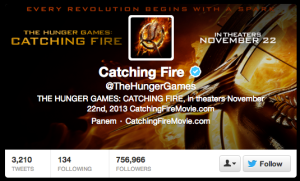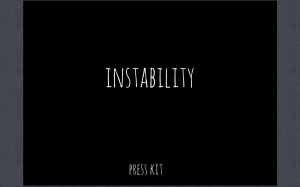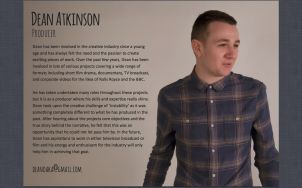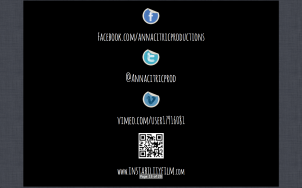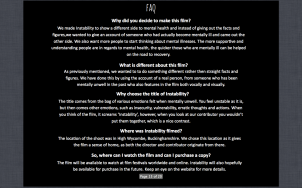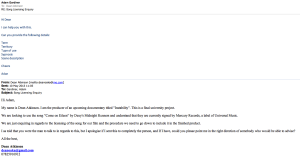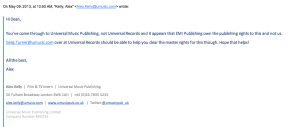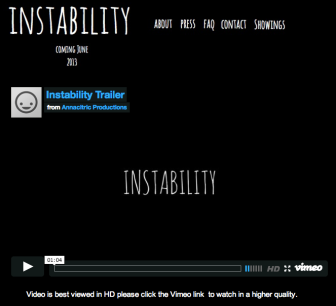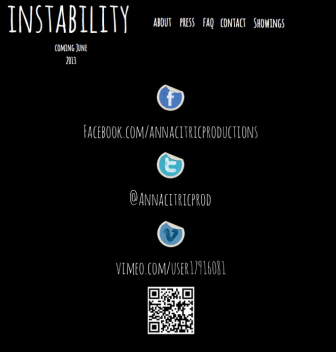Well that’s it. The last 3 years have come and gone and have led me to this position of completing my FMP. If you had given me the option of actually completing uni and told me I would feel the way I do today I would of bitten your hand off, and probably laughed. It’s been a tough ride, and I have doubted myself A LOT over the last 3 years but I now feel that I am in a position where I am so glad I stuck with it and now feel confident that I can call myself a professional.
Looking back at the 3 years I can safely say there have been modules where I have excelled (Short Film, Formats) and others where I have not done so well (Creative Activism). I say not done so well, I still received a 2:1 but I see that as a failure in my own eyes. When I joined the course I set myself a target; “Be the best you can be, don’t dick around, gain trust, nurture friendships, obtain experience avoid conflict and most of all, succeed”. I probably set the bar too high looking back, but it’s how I have lived my life and I intend to continue on in that frame of mind.
Everything that I had learnt over the last 3 years and in my own experiences would be put royally to the test for my FMP. It’s the one thing that can sum up you as a media student and goes a long way towards your final degree mark, so I made it my duty to do well.
When you join the course, you always know that one day the time for your FMP will come. 3 years is a long time to keep ideas fresh but it’s something that I did with my original idea , Zero Ties. I wanted to create a story that was unique, visually please and have a depth that no other FMP would have, however, this was way too ambitious. As time went on I realised that this was more then a story to be made as a University project. It’s a story that has to be nourished into a much bigger piece, and that’s why I took the decision to scrap the idea as my FMP.
This is where I joined Gailene on her idea called Instability, an experimental documentary focussing on the issues of mental health. The film was a unique idea as instead of looking at facts and figures and telling it in the standard narrative form, Instability told the story through a contributors eyes who went through the illness herself.
Production of the film was a different experience to what I have done in the past but also a big experience. As previously discussed, I feel we stepped in too quickly to record the visuals. We didn’t use an type of camera movement in the film which I feel was a mistake, however saying this the visuals are not the most important part of the film. We ran into other problems too, such as one of the camera-operators not being able to make it but I feel that this allowed us to become stronger as a team. As we used the contributor not only via audio but through the visuals too, it was tough to keep her emotions intact as the story she has is truly upsetting. In hindsight, we perhaps should of used an actress but it does give the film a bit more depth. We also had to keep her identity a secret throughout filming and this complicated things as we had to use different angles for shots. The team worked superbly on the shoot given all the technicalities and true nature of the story. They gave the contributor the upmost respect which was asked of them and I couldn’t think of a much better crew to have on this film.
Editing and sound design soon followed and it was only then when I could truly see a major piece of film coming together. It’s been a hard experience especially for our director Gailene as the story is close to her hear. This was something that slightly tore us apart as a group, as Gailene would often walk out of the room or leave without notice. It left me and the editor Sean is a strange state, as Gailene was the creative mind behind the project and her input is key. The project took a small hiatus at this point and this is when we sat down as a production group to discuss the issues. Gailene explained the situation and I realised at this point that we needed to be patient and take things slow through this stage. As we continued with the edit, we went through 3/4 critical stages, gaining feedback which was crucial in producing the final film. I found it really tough at this point as I was getting attached to the contributors story and was having issues watching the film over and over again. Issues that arose from feedback were already problems that we found, so this shows that we were fully focused on what needed to be done to make the film a mesmerising and captivating experience. After many meetings with my personal tutor with Gailene gaining feedback, we came to a stage where we are 100% confident in the film. This in truth thanks to our editor Sean, having him on board with his talent and experience made the editing phase quite a memorable experience.
The final stage in our production was the marketing and distribution. I have lots of experience in both these fields so this is where my producing skills come right to the table. I worked closely with G at this point to create marketing materials such as a website, business cards, flyers, posters and our pride and joy the press pack. Distribution has been something that we are still unsure of what to do, this is mainly down to the music used in the film. As we are using copyrighted material; “Come On Eileen” by Dexys Midnight Runners we have to gain the license to be able to send the film into festivals or show online. As of writing this post, we still dont have the rights after 4 weeks of constant calls and emails between 4 different companies. It’s proving to be rather difficult, however, we have made sure we have the necessary precautions in place and have therefore made the executive decision of creating two extra edits; one that uses a cover version of the song and one without the song completely. This would be a shame not to use the song in the final piece as it gives the film a natural ending and makes you realise that people with mental illnesses also have the other side of them rather then being all doom and gloom.
The film itself I think is very strong, and by creating something different to a linear narrative, it gives it that unique ness. Having an interview form of audio, rather then standard narration was also a good touch, it makes you get the connection between the film-maker and the contributor. The spoken word is also very strong and from feedback, it makes the audience asks questions. It makes the audience think “hang on why do I feel for this girl?” or “Why am I emotionally attached?” Human beings are attracted to emotions, it’s in our nature and thats what we are trying to explore with Instability. The film has to ask questions, and it does; in a very unique way. As a crew we should be very proud of what we have achieved. It’s been a tough couple of months but it has been worth it, 100%.
It’s a strange feeling now I am at the end. University was never in my life goals or ambitions. I always thought that I wasn’t built mentally for the University life. It was only till I worked for large companies such Barclays and HMV that I realised I had to do something different, something that I am good at and something that I could enjoy doing. Media production is that something, and University has given me to the tools and experiences to allow me to fulfil my potential. Am I proud? Immensely. Do I regret certain things? Yes, a few actually but that is what makes us better as a person, to allow us to take the bad experiences and turn them into good ones in the future. The evidence for that lies on the screen. It lies in Instability.
And I leave you with this, a song that I can relate to in many ways; from the one, the only; the legend. Frank Sinatra.
[youtube http://www.youtube.com/watch?v=kF-rtkrcQRg]
